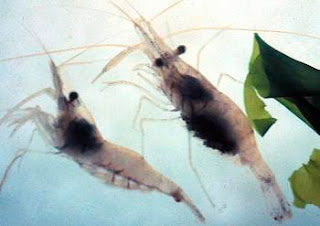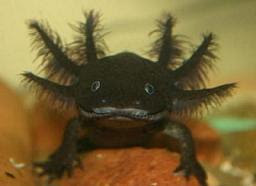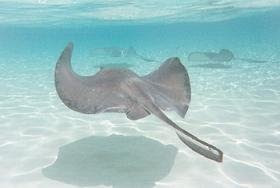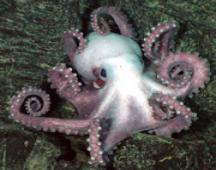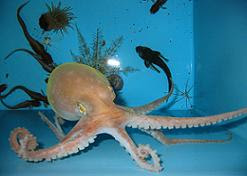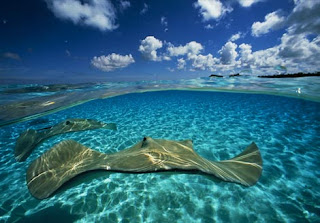 phylum Cnidaria. They have several different basic morphologies that represent several different cnidarian classes including the Scyphozoa (about 200 species), Staurozoa (about 50 species), Cubozoa (about 20 species), and Hydrozoa (about 1000-1500 species that make jellyfish and many more that do not). The jellyfish in these groups are also called, respectively, scyphomedusae, stauromedusae, cubomedusae, and hydromedusae; "medusa" (plural "medusae") is another word for jellyfish. Jellyfish are found in every ocean, from the surface to the deep sea. Some hydrozoan jellyfish, or hydromedusae, are also found in fresh water.
phylum Cnidaria. They have several different basic morphologies that represent several different cnidarian classes including the Scyphozoa (about 200 species), Staurozoa (about 50 species), Cubozoa (about 20 species), and Hydrozoa (about 1000-1500 species that make jellyfish and many more that do not). The jellyfish in these groups are also called, respectively, scyphomedusae, stauromedusae, cubomedusae, and hydromedusae; "medusa" (plural "medusae") is another word for jellyfish. Jellyfish are found in every ocean, from the surface to the deep sea. Some hydrozoan jellyfish, or hydromedusae, are also found in fresh water.Jellyfish don't have specialized digestive, osmoregulatory, central nervous, respiratory, or circulatory systems. They digest using the gastrodermal lining of the gastrovascular cavity, where nutrients are absorbed. They do not need a respiratory system since their skin is thin enough that the body is oxygenated by diffusion. They have limited control over movement, but can use their hydrostatic skeleton accomplish movement through contraction-pulsations of the bell-like body; some species actively swim most of the time, while others are passive much of the time. Jellyfish are composed of more than 90% water; most of their umbrella mass is a gelatinous material - the jelly - called mesoglea which is surrounded by two layers of epithelial cells which form the exumbrella (top surface) and subumbrella (bottom surface) of the bell, or body.
Jellyfish do not have a brain or central nervous system, but rather have a loose network of nerves, located in the epidermis, which is called a "nerve net". A jellyfish detects various stimuli including the touch of other animals via this nerve net, which then transmits impulses both throughout the nerve net and around a circular nerve ring, through the rhopalial lappet, located at the rim of the jellyfish body, to other nerve cells. Some jellyfish also have ocelli: light-sensitive organs that do not form images but which can detect light, and are used to determine up from down, responding to sunlight shining on the water's surface.
As I've said, Jellyfish has no bones, brains, head, heart, eyes, nor ears. But what a sting! The sting of some "jellies," can be deadly while others are harmless to humans. Jellyfish are not fish at all. They are invertebrates, relatives of corals and sea anemones.
Don't get stung!
A jellyfish fires its poison whenever its tentacles brush against an object. In humans, the poison usually causes a sharp, burning sensation that may last from minutes to hours.
1. Take note of jellyfish warning signs posted on the beach.
2. Be careful around jellies washed up on the sand. Some still sting if their tentacles are wet. Tentacles torn off a jelly can sting, too.
3. If you are stung, wash the wound with vinegar or rubbing alcohol. Or sprinkle meat tenderizer or put a baking soda and water paste on the sting. Don't rinse with water, which could release more poison.
4. Lifeguards usually give first aid for stings. See a doctor if you have an allergic reaction.
All jellies sting, but not all jellies have poison that hurts humans. Of the 2,000 species of jellyfish, only about 70 seriously harm or occasionally kill people. Listed below are the more dangerous jellies and where you can find—and avoid—them.
Lion's mane
Atlantic Ocean from above the Arctic Circle to Florida; Gulf of Mexico; Pacific Ocean from Alaska to southern California
Portuguese man-of-war
Gulf of Mexico; Caribbean Sea near the Bahamas; West Indies
Sea nettle
Chesapeake Bay; Pacific Ocean from Alaska to southern California; Atlantic Ocean from Massachusetts to Florida; Gulf of Mexico
Sea wasp
Pacific Ocean near northern Australia, Philippines
Other pictures of Jellyfish.





